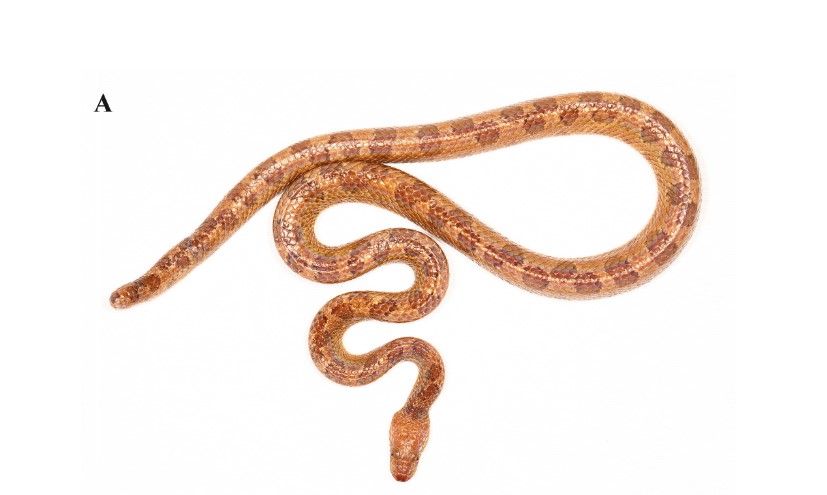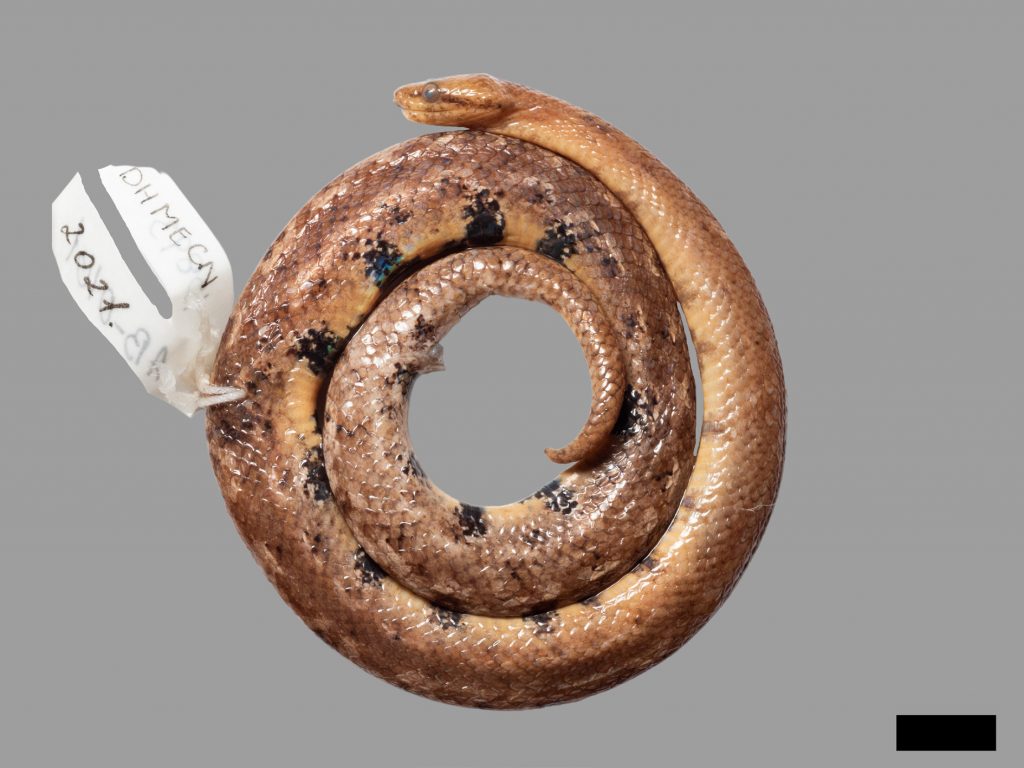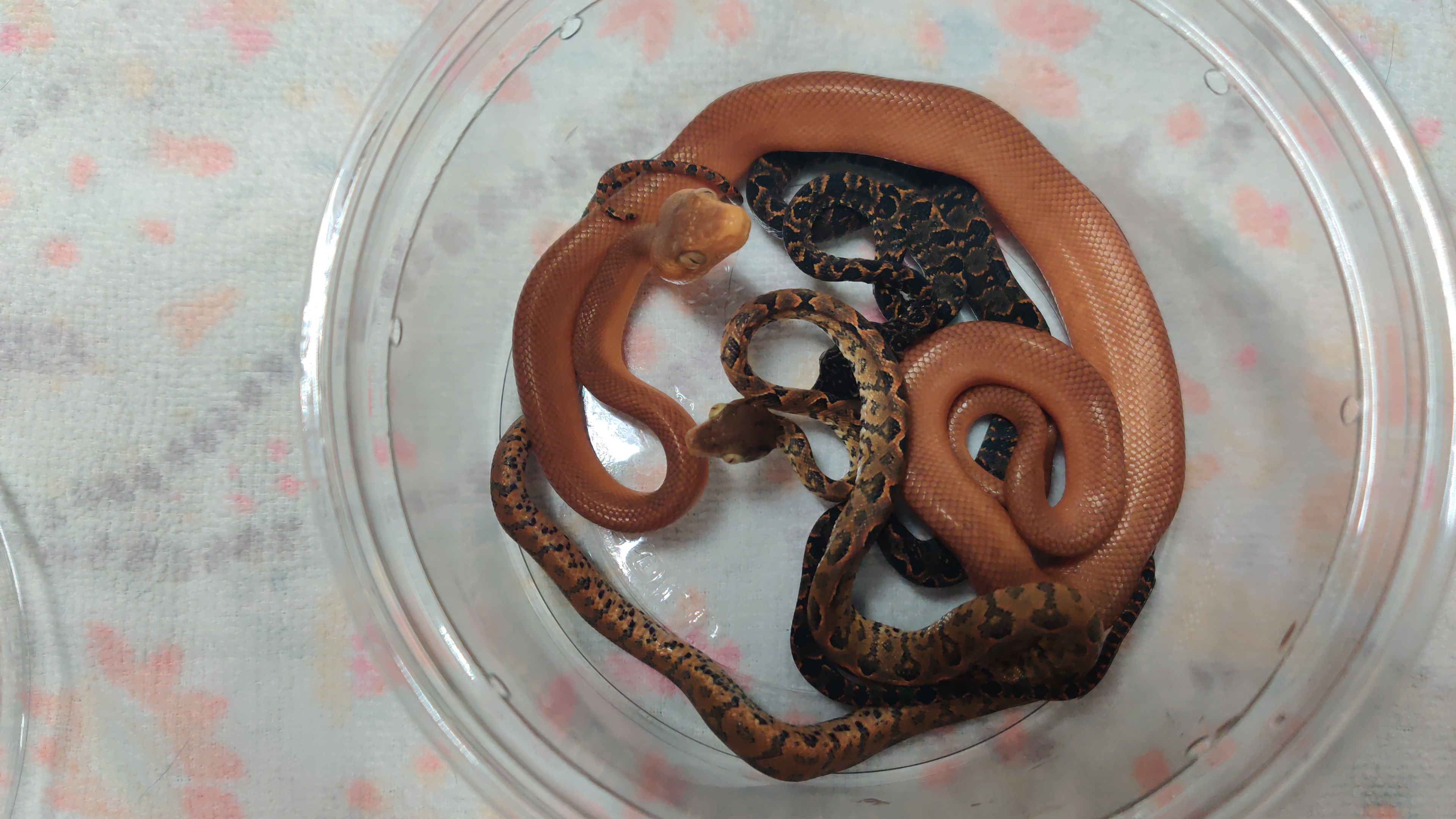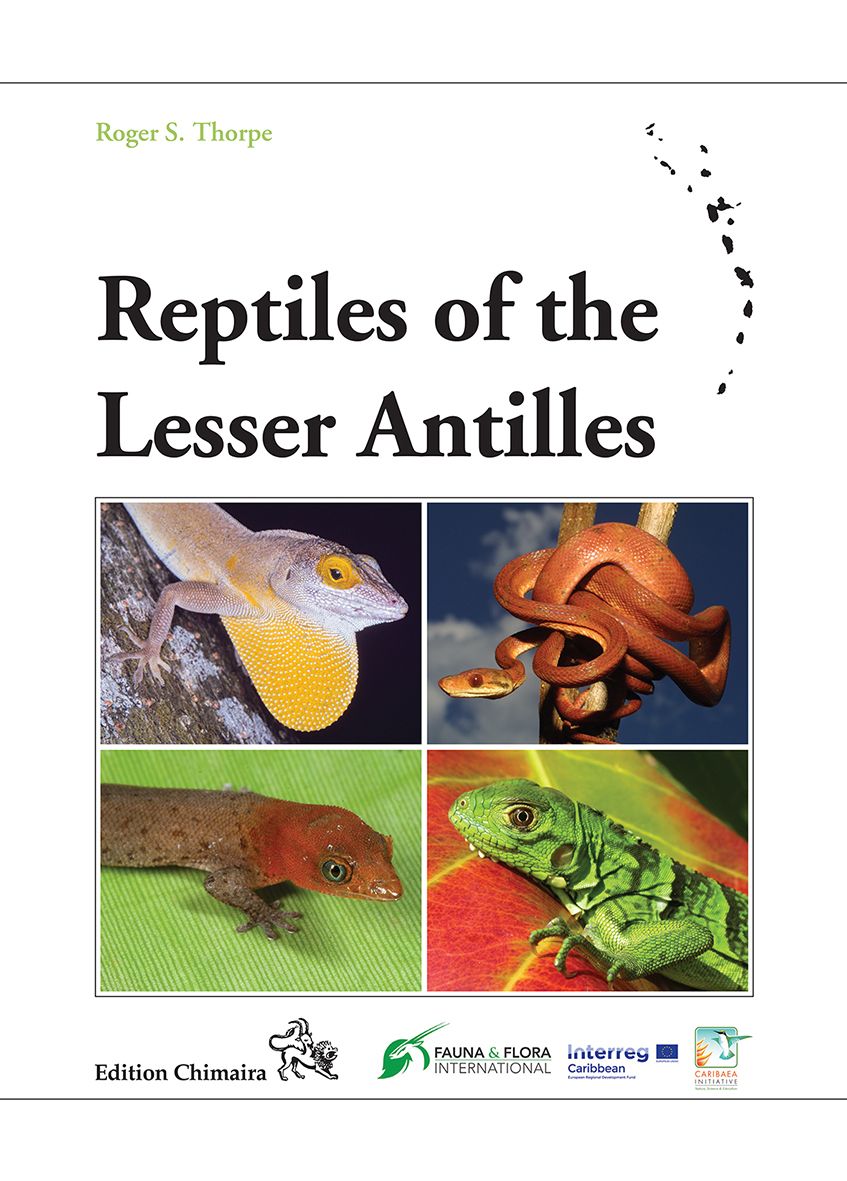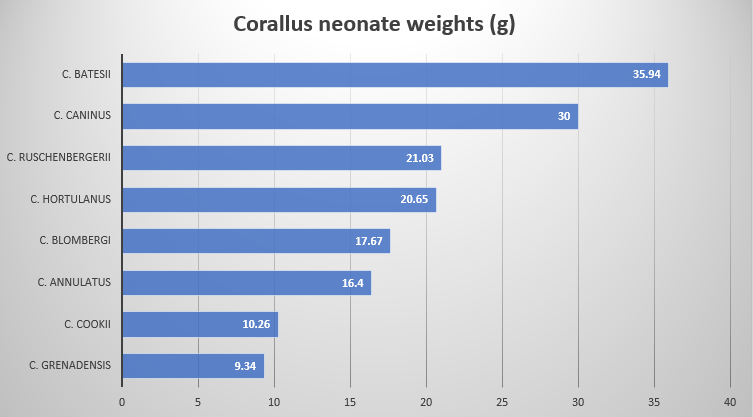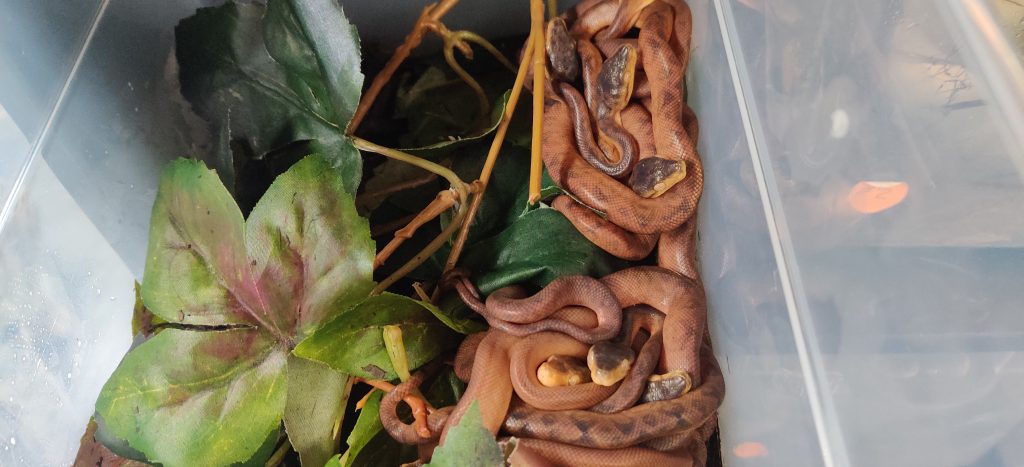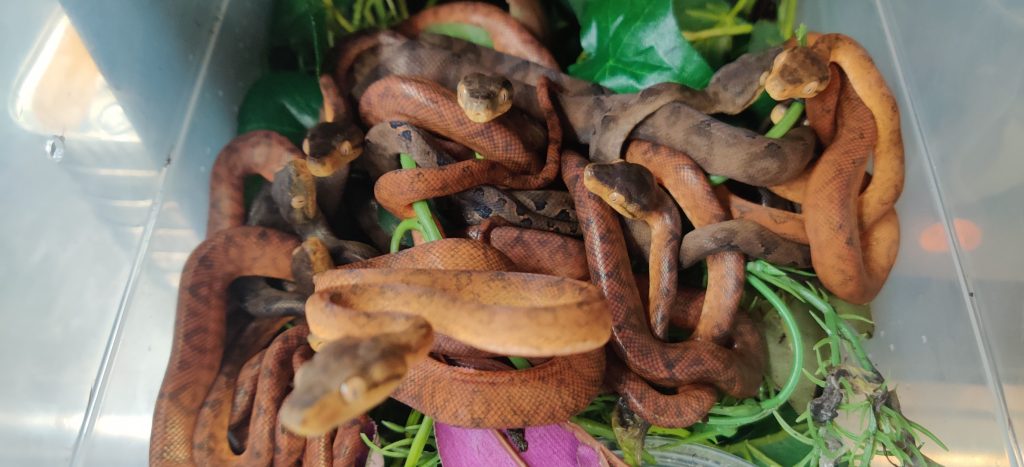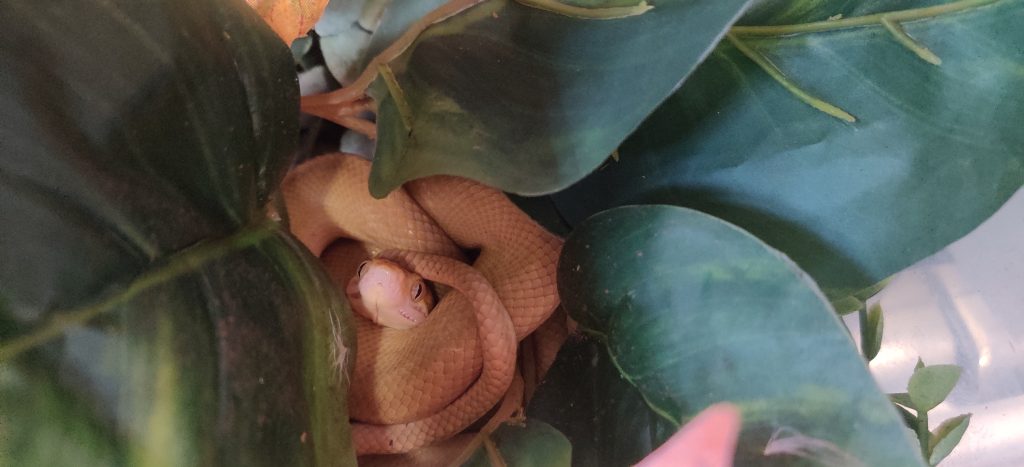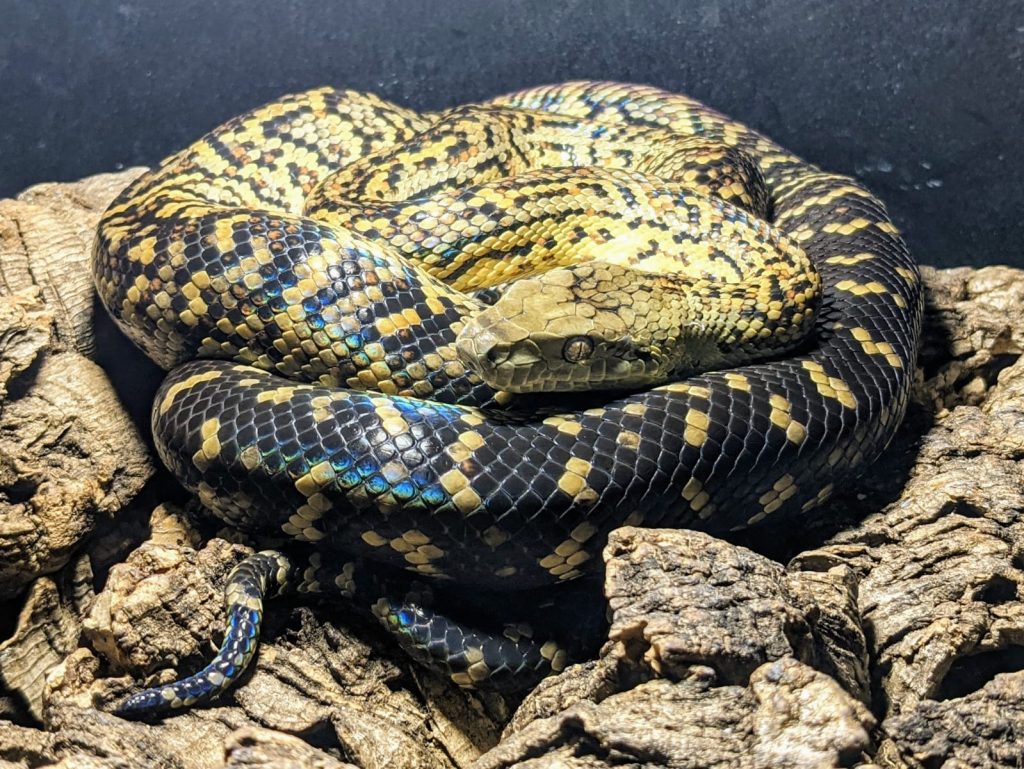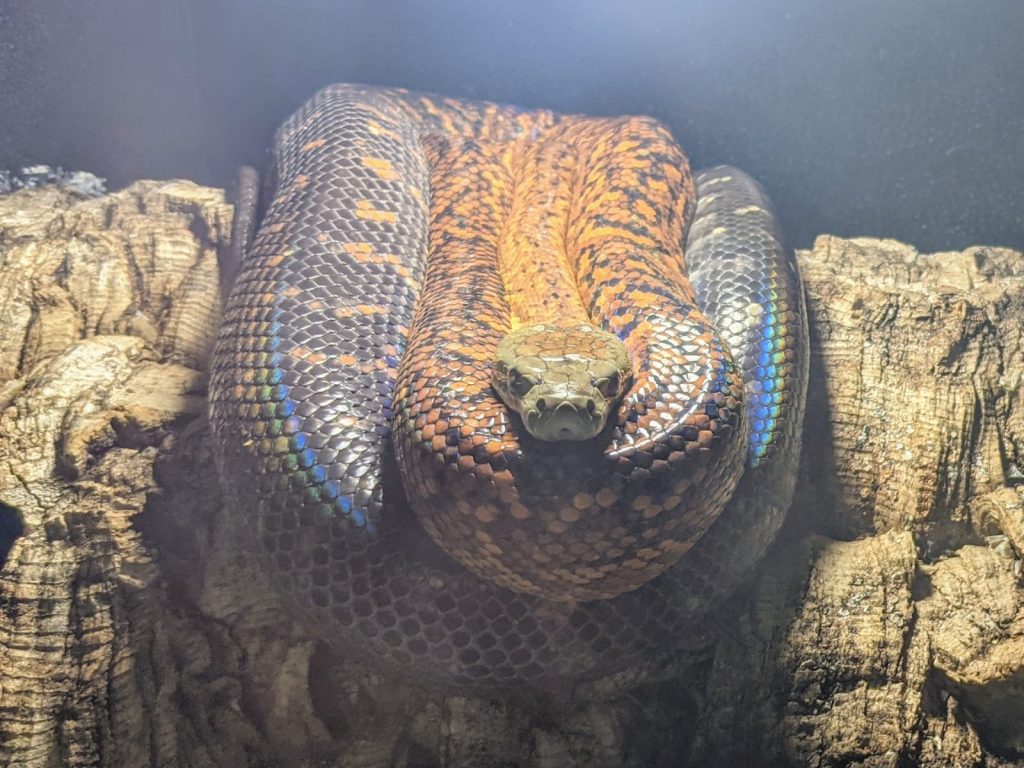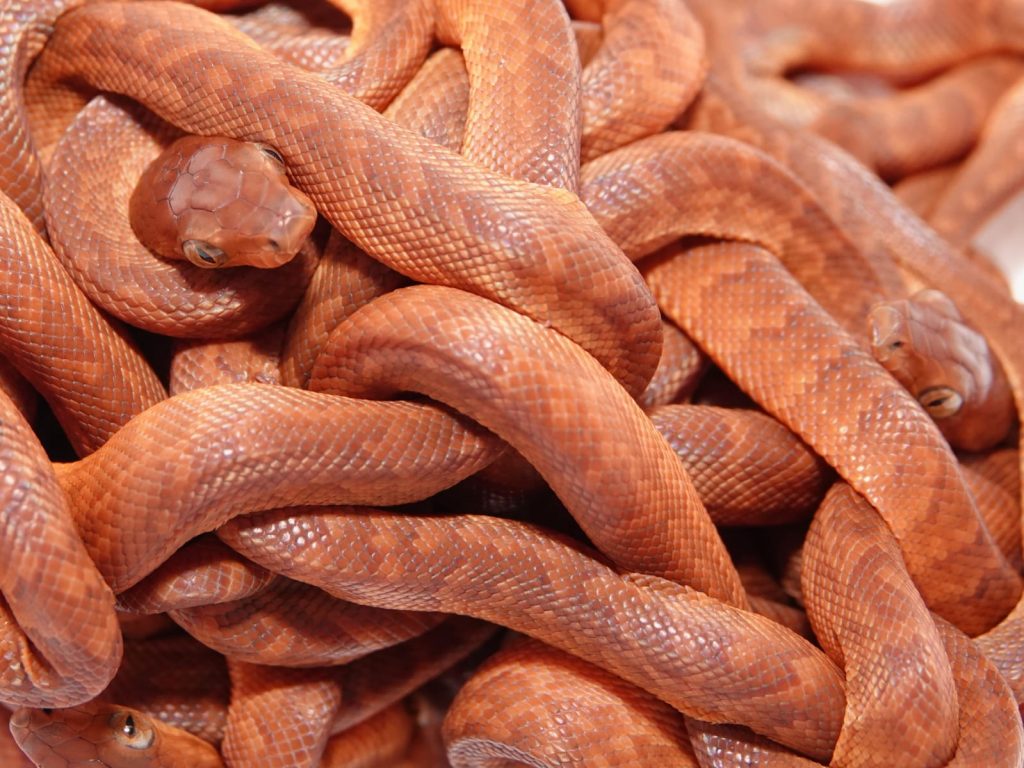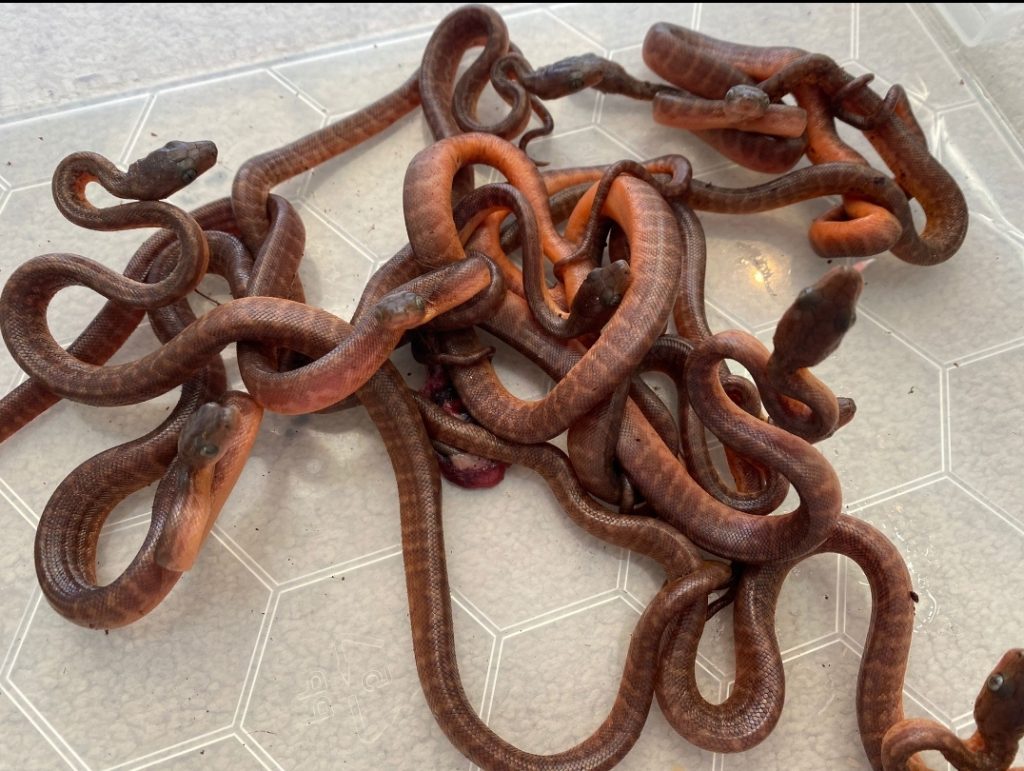On 12 January, 2023 the CITES Secretariat posted a Notification to the Parties announcing amendments to CITES Appendices I and II. That announcement (No. 2023/005) can be found here.
In a NOTICE TO THE WILDLIFE IMPORT/EXPORT COMMUNITY from the USFWS, Conference of the Parties (CoP19) Amendments to Appendices I and II are effective 90 days after the last day of the CoP. This rule change will take effect 23 February, 2023. The USFWS Notice can be found in its entirety here.
Species Transferred from Appendix I to Appendix II:
— Chilabothrus inornatus (Puerto Rican boa) (NOTE: Listed as Endangered under the ESA)
Given how vague the USFWS Bulletin was, we asked the USFWS the following questions on 16 January, 2023:
1- After the 90 day wait period (23 Feb, 2023) does the Puerto Rican boa (Chilabothrus inornatus) remain on the ESA?
2-Does it remain on the ESA as Endangered?
3-Can it be imported and exported outside of the CONUS (Continental US)?
4-Can it now be transported across state lines without permit (other than breeding loans/gifting)?
5-Can out-of-state sales take place?
“The CITES reclassification does not affect the ESA listing in any way. U.S. trade with the species would still need to meet the ESA Import/ Export Requirements. The CITES listing only affects international trade so there are no changes to its interstate movement or sale at this time.”
